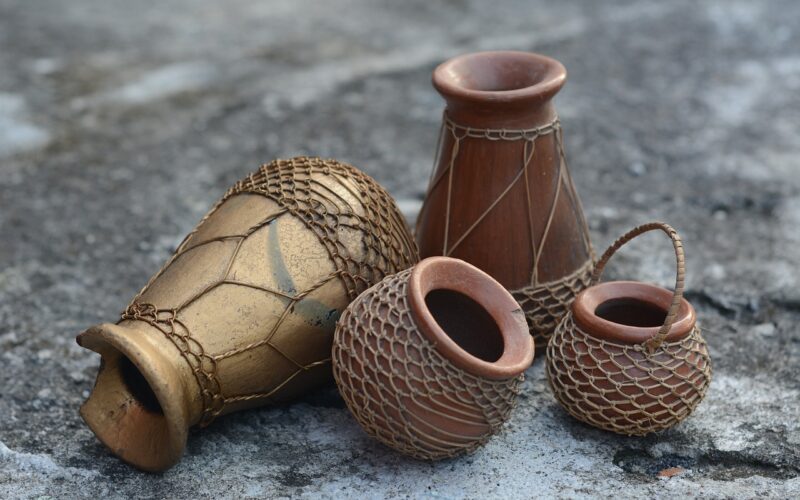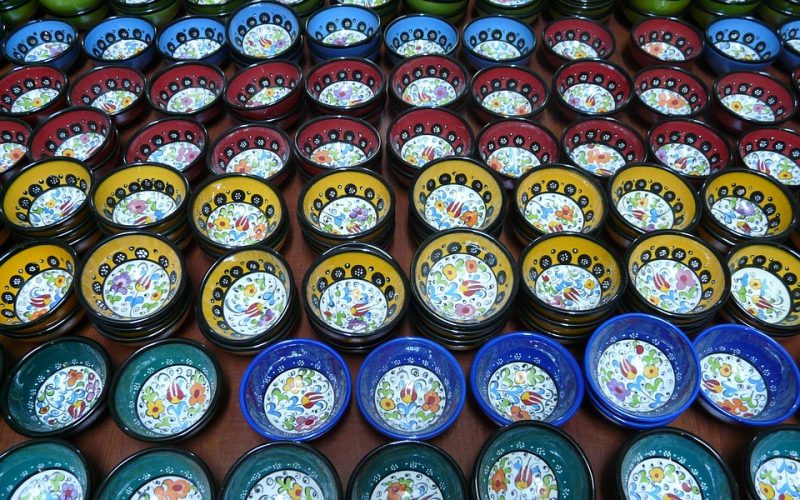There are many reasons art from the past no longer exists, and it is often due to weathering. An artist might have created a piece that would outlast their lifetime, but that could have been hundreds or thousands of years ago. While many pieces may have disintegrated past recognition, some are still found today that are in relatively good shape. One thing that can be very frustrating is to find several pieces of an art object, but the missing pieces might never be found. Speculating as to what the artist was trying to say or portray can be a lifetime career for some.
The survival of art often depends upon random factors, and something as simple as being buried in an ancient structure can make a big difference. Pieces left lying on the ground will often be worn down by rain storms, cold or heat, and even plants can contribute to their destruction. A piece that has been buried for years might have layers of grime or dirt on it, but they can be carefully cleaned to show their true beauty.
Nature can act as a preservative on some pieces of art, but it can break them as it keeps some looking relatively new. When these pieces are discovered, those in charge of the project are often tasked with trying to figure out just what is missing. It can be an easy job to do when considering the shape of what is not there, but knowing what was on the face of those missing pieces can present issues. Artists of the past might not have thought of representing the world around them in the same manner as modern artists, so figuring out what they were saying and how they were presenting it can be intriguing.
Ancient art is a good way of looking at a lost civilization and measuring how they viewed the world around them. It can be difficult to do when pieces have been damaged over time, and worse can be partial damage that does not allow for a good interpretation of the piece. While it might completely frustrate someone unfamiliar with ancient art, those who love it may find the puzzles it presents to offer a lifetime of joyful speculation.






